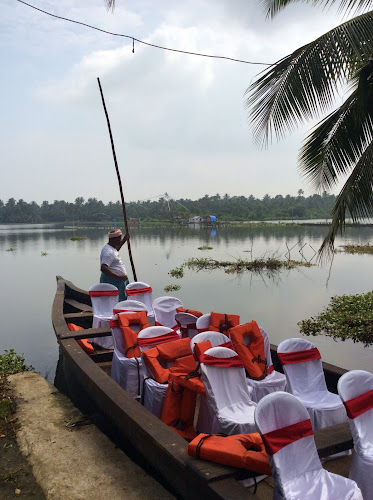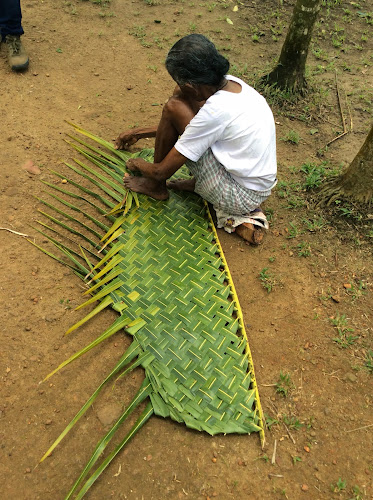We were then bussed to Kochi Old Town where we were first taken into St Francis church. This was originally Catholic under the Portuguese, then became a Protestant Chapel under the Dutch, an Anglican Church under the British and in recent years a centre of worship for the Church of South India.
Its history is much more interesting than the church itself. It's main claim to fame is that the explorer Marco Polo was once buried there but his body was fairly quickly taken back to Portugal. We were more interested in the hanging fans attached to strings, which went through the walls and would have been pulled from outside by the Pankah Wallahs
We walked around the Old Town past the Chinese fishing nets...
...past the fish market...
...the general market...
...and got the coach back to Minerva.
We stayed at Kochi's port overnight and the next morning Liz, Clodagh, Chris and I took two tuk-tuks into the Old Town to an upmarket department store. Yet another hair raising ride, as our respective drivers competed to get there first. Despite all appearances they do drive on the left here - or should do.
...and brightly painted lorries parked on their day of rest. We were told that they were painted in different styles depending on whether the driver was Hindu, Muslim or Christian. Even the lorries must enter the religious divides.
Back to Minerva for Sunday lunch of roast beef.
Later on our way again - to our last port in India, Tuticorin.












































